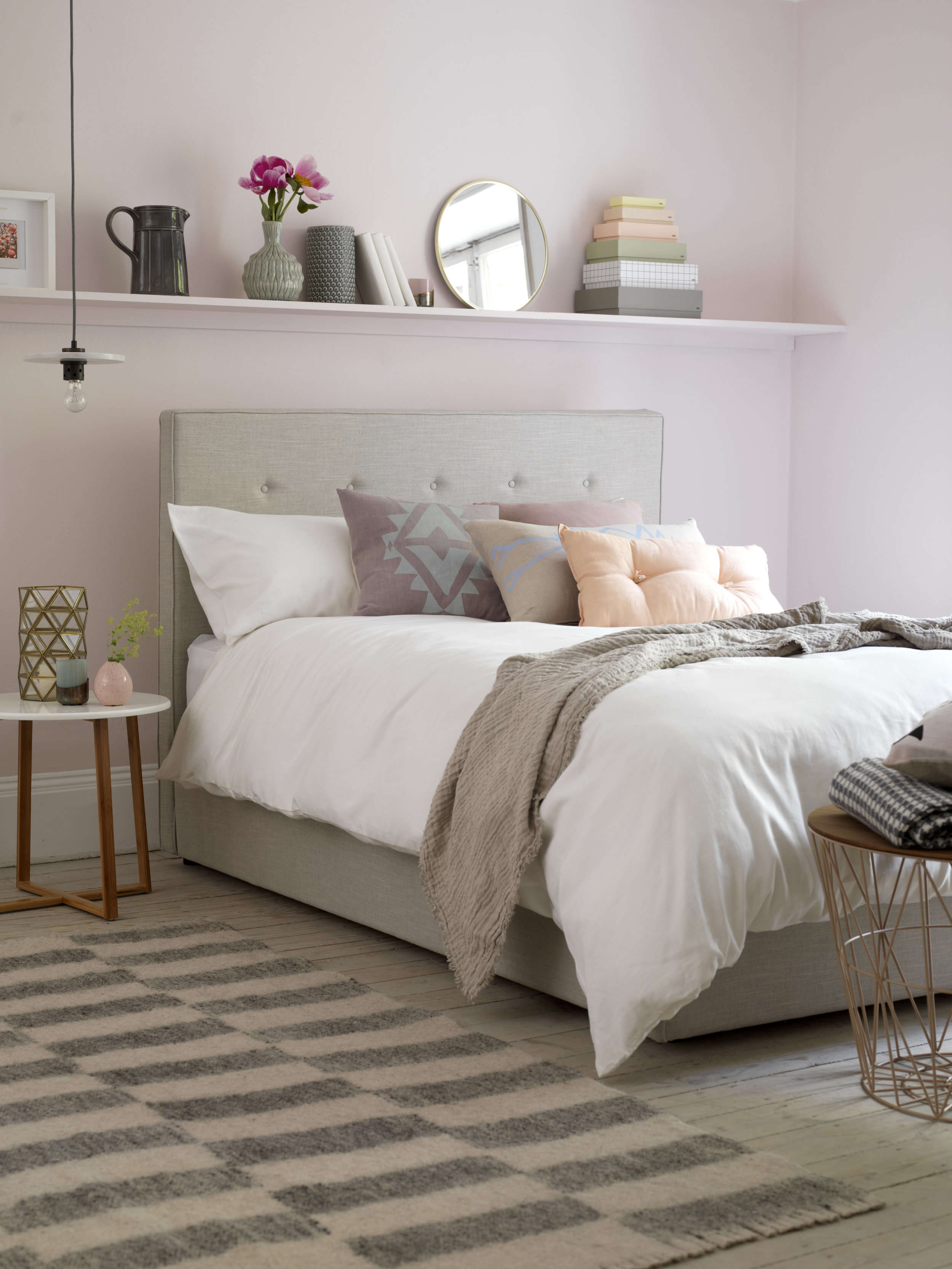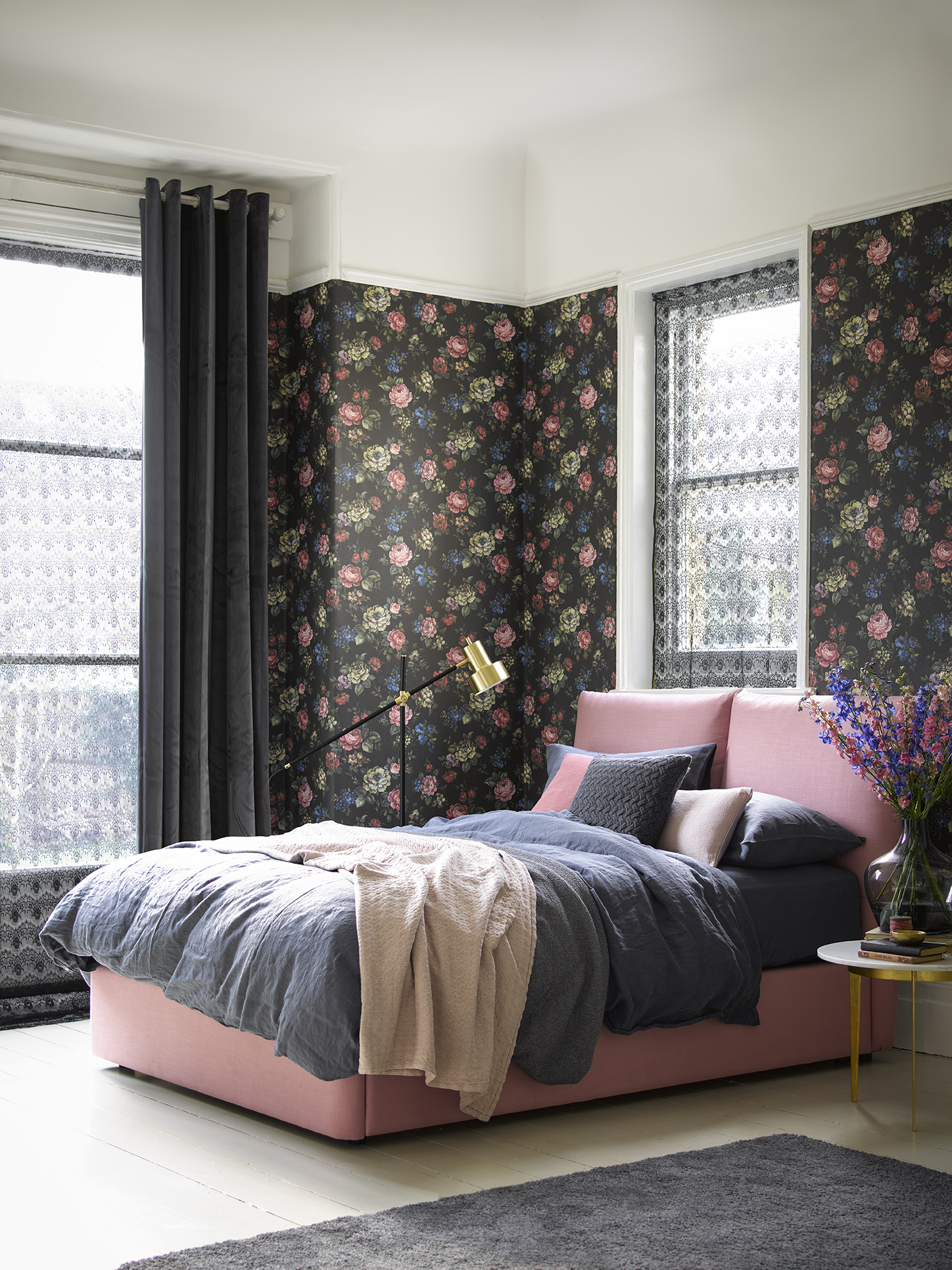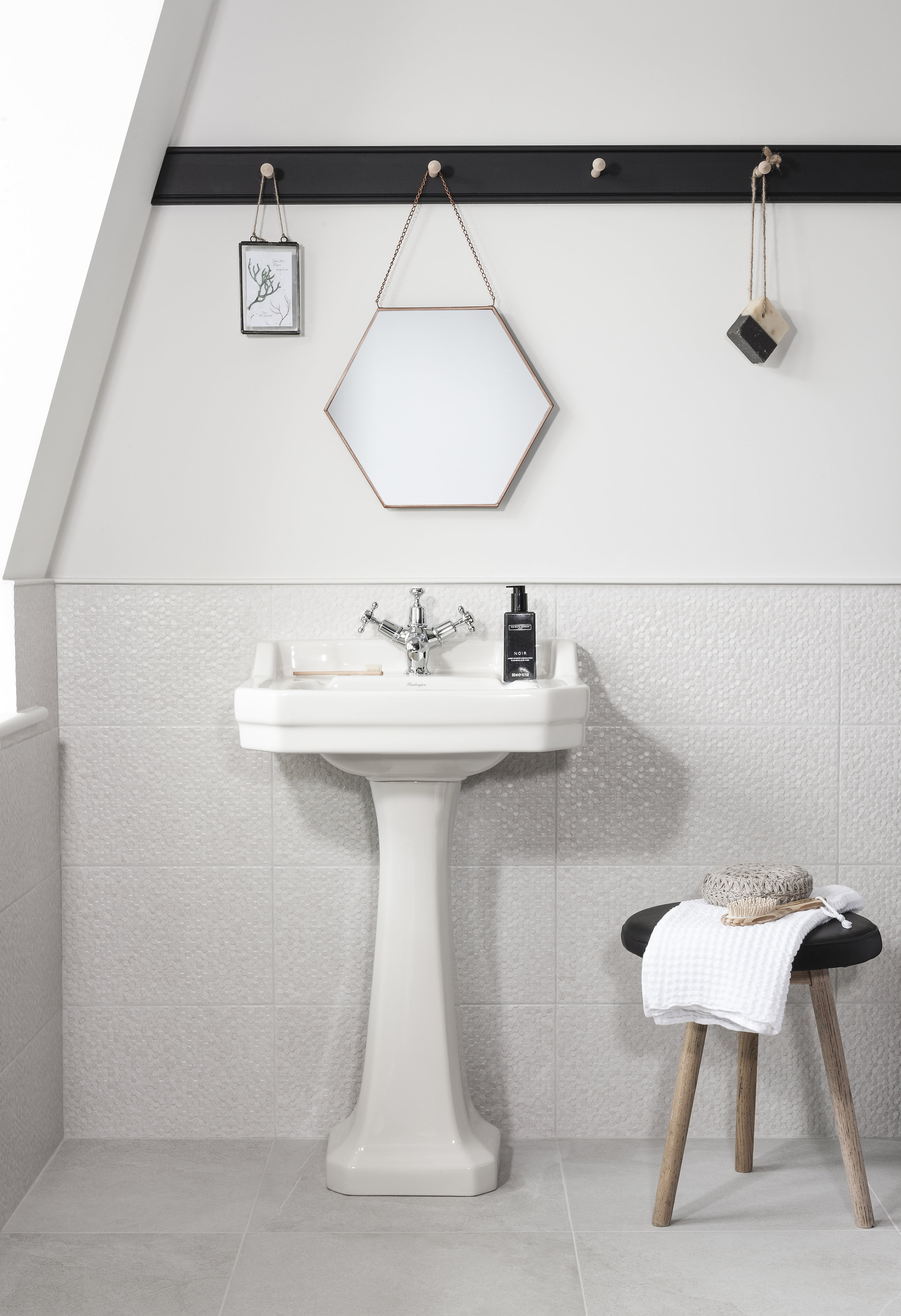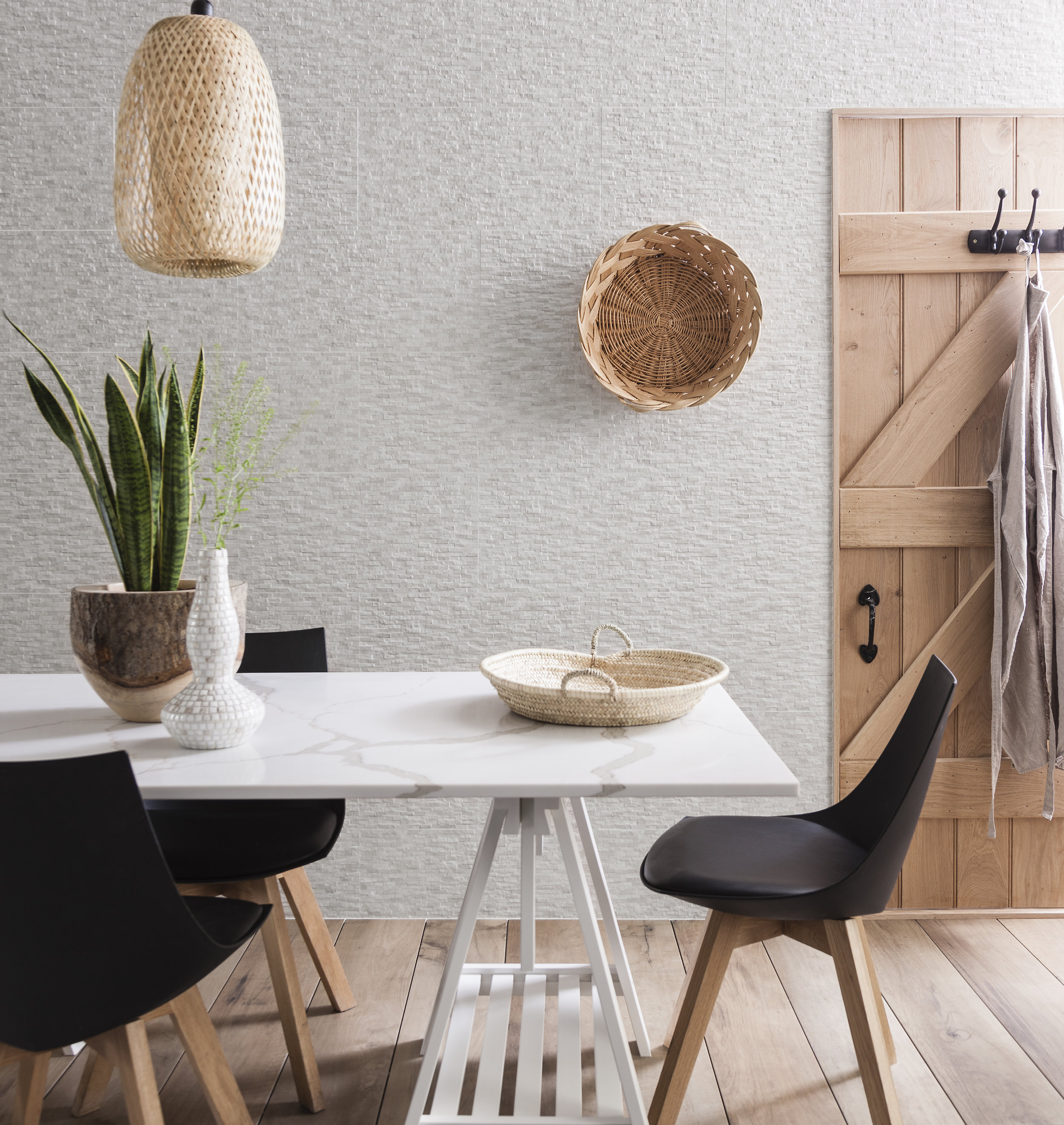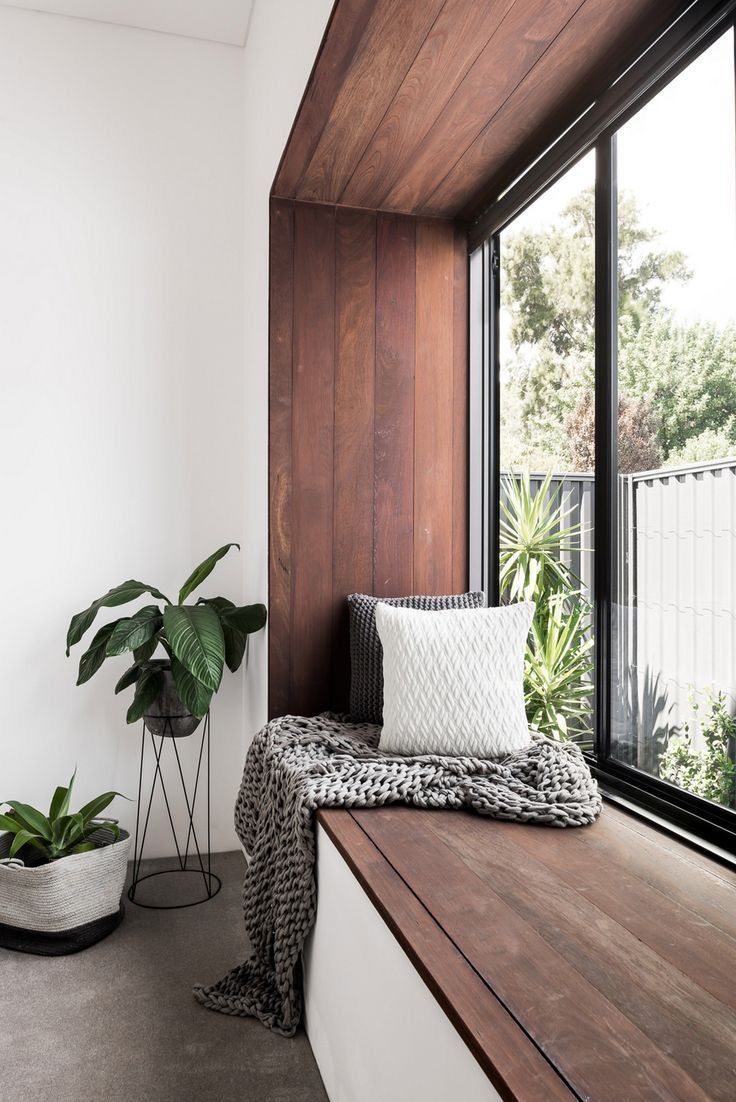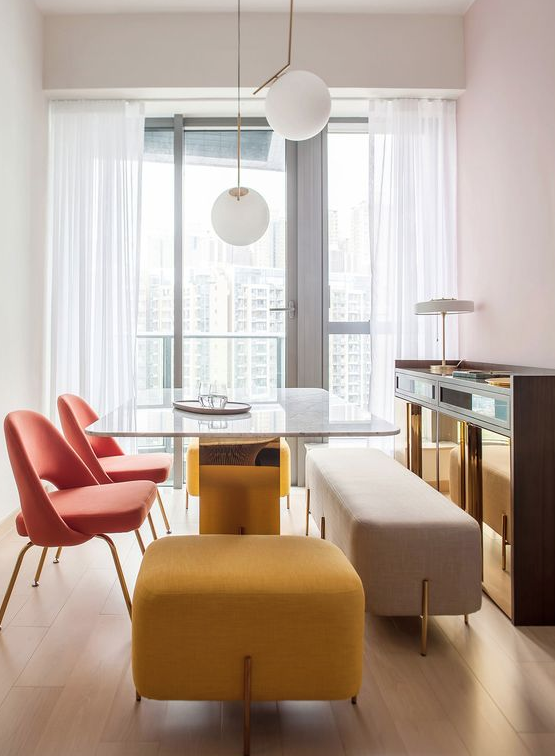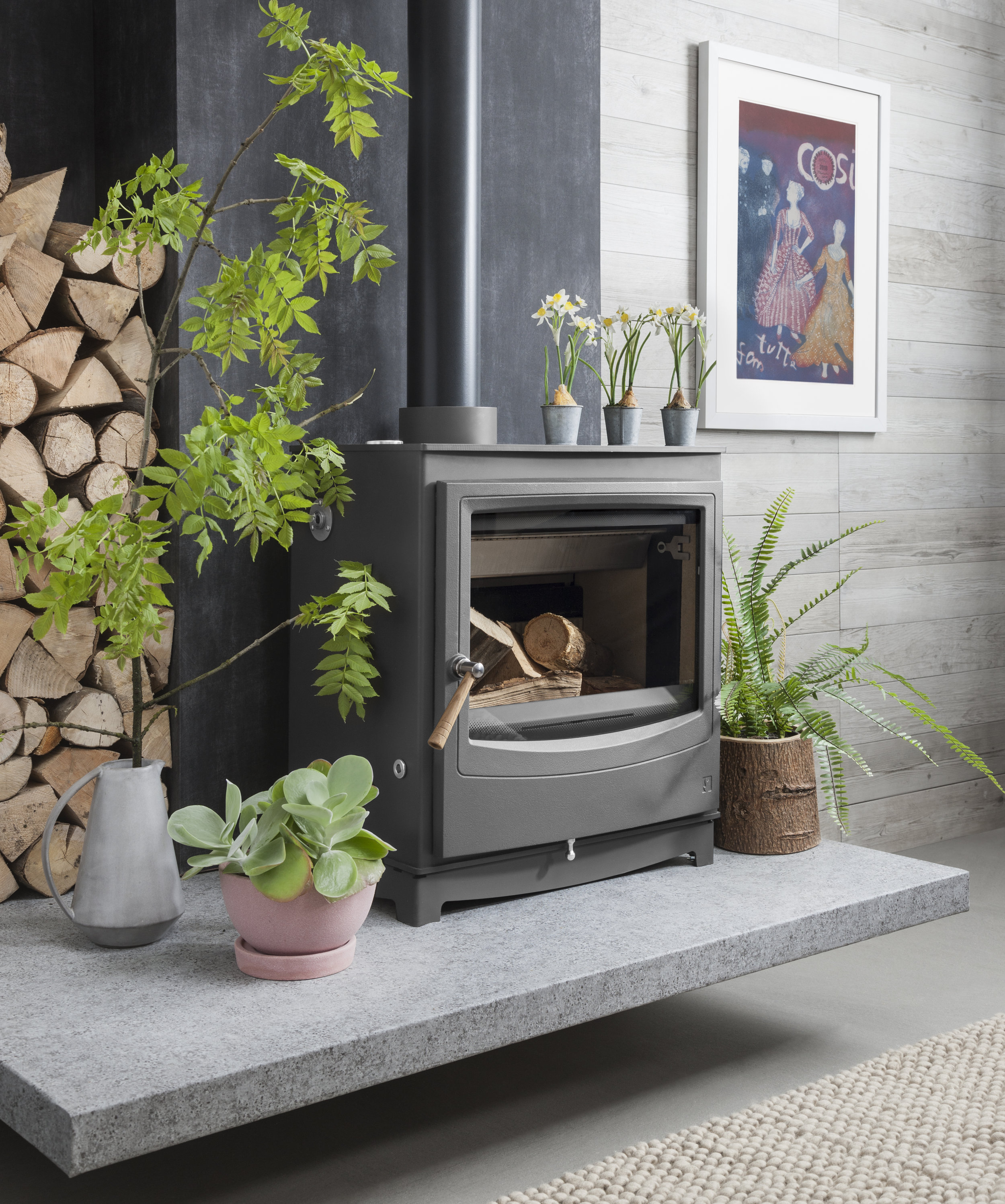Tips For Creating A Positive Living Space For A Positive Mindset
When the décor of a shop or café resonates with us, it’s not just the visually pleasing aspects, but rather a collection of various interior design choices working in harmony to evoke these positive emotions within us. So why not think about creating the same harmony within our homes?
Recent research from Carpetright looks at how the design of our living spaces can work to improve mental wellbeing. The research highlights the importance of sensory stimulants like colours or fabrics, benefits of greenery and using natural materials within our homes. Combining these elements of interior design is key to achieving a ‘Zen’ home, where crazy schedules and stressful weekdays are almost instantly forgotten about. When decorating any living space, there are easy things to keep in mind when aiming for that cosy, safety-bubble feel.
“Three quarters (76%) of people think the layout of a room has an effect on how they feel and over a half (65%) find a messy room stressful”
Results from a survey of 3000 UK adults, Carpetright
Image source: Pinterest
The idea of the 21st century ‘minimalist’ living has definitely been revived with the success of Netflix’s Marie Kondo show - based solely around de-cluttering the home. The key takeaway from this show is whether our things do indeed ‘spark joy’, or simply clutter, which causes unnecessary visual pollution. Maxine Brady, an interior stylist and award winning blogger of We Love Home Blog, shares that “a mindful home is neither too cluttered nor too full”, so to avoid an ‘empty’ home, a less extreme solution than discarding things is a great compromise – elegant storage solutions that not only perform their function, but also become interesting standalone décor pieces. With less obscure things like ottoman beds, wardrobes and shelves common – you can delve into the more experimental solutions such as various exposed baskets and boxes. With interesting pattern, material and shape options available, a wall of storage does not have to be a bleak area, but rather a centrepiece of a living room – all that whilst keeping your living space clutter-free for a more rested mind.
Applying design principles to the mundane is rather difficult to style-out without professional help, but it’s much easier when thinking of redecorating walls or reviving big pieces of furniture. Carefully used patterns, textures, materials and colours are a sure way to give any space – or thing – a much needed refresh and add to the sensory stimulants surrounding your brain. Maxine suggests everyone’s starting point when decorating “should always be colour”. When you’re not sure which of your favourite colours would work, you should “paint your home white top-to-bottom - and then add natural softer tones as you go with accessories made of wool, cotton, wood and wicker”.
Whether you are a fan of pastel swatches, or you are all about bold contrasting prime colours, there is a Pantone shade out there for your eyes and mind to enjoy. With a plethora of paints to pick from, it’s about personal preference but also about how colours affect our minds. Sharp, energetic red and orange tones, can evoke the feelings of boldness, excitement and warmth, whereas choosing blues and greens attracts more peaceful emotions like harmony, optimism and confidence. Offsetting colours with neutral tones is crucial, as clashes defeat the harmonious feeling our minds need to wind down. The use of whites, light greys and even exposed natural materials like wood is ideal.
Another way to add colour and nature for our minds to enjoy is ‘bringing the outdoors in’ – using house plants to create air-purifying indoor gardens. This is related to the rise of ‘Biophilic design’ – the focus of including as much nature in the home as possible by using greenery or natural materials. Mark McCance, director of indoor plant experts Hortology, says biophilic “principles are widely accepted in designing new commercial spaces whether it be offices or retail environments and they are equally, if not more valid in creating a sense of wellbeing in the home” and it’s relevance is only gaining strength in interior design due to the fact “rapid urbanisation has created an adverse disconnection between humans and nature”. Plants such as the Dracanea are perfect for injecting life into a living room corner, as they are more adaptable to low natural light and have air purifying benefits. When space is an issue, plants that fit on sills and shelves like the Sansevieria still oxygenate the living space and are fairly indestructible.
Are you ready to revamp your living space now? We hope these useful interior tips will inspire you to create a home that caters to not only your well-being, but to the well-being of visitors too.


